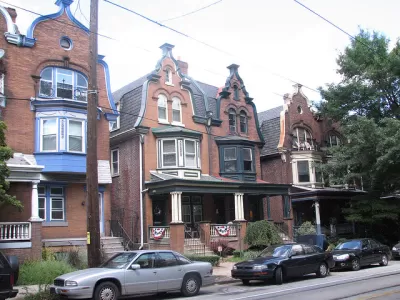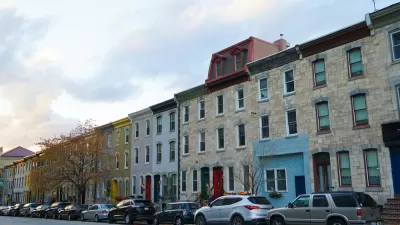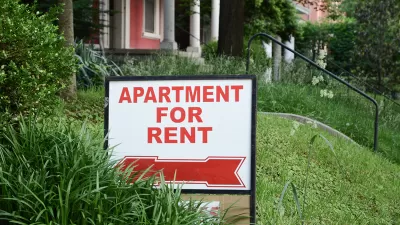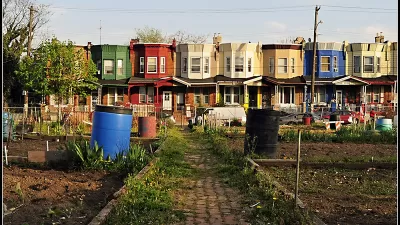Many homes in Philadelphia are in need of repairs, and low-income renters are most affected by substandard housing.

A new study finds that 41 percent of Philadelphia renter households need repairs. The project, a collaboration between PolicyMap and the Federal Reserve Bank of Philadelphia, finds that the cost to repair all occupied units in the metropolitan area is $2.7 billion and for rental units only is $900 million.
Lack of access to quality housing disproportionately affects the city’s most vulnerable residents, say Eileen Divringi and Eliza Wallace. "The poorest households were the most exposed to substandard conditions: Over 55% of the region’s households with incomes below the federal poverty line lived in units in some level of disrepair."
Understanding the reasons for this underinvestment—whether large, corporate landlords are trying to maximize profit or mom-and-pop landlords lack the resources to make repairs, for example—is important, say Divringi and Wallace.
In addition, they point out that considering the consequences of particular policy strategies is essential to ensuring that Philadelphia residents most in need of safe, affordable housing are not displaced. "In what situations would improving the rental housing stock through stepped-up code enforcement destabilize existing tenants and cause an increase in rents? In what contexts would financially assisting cash-strapped landlords with repairs accelerate the up-marketing of previously low-cost units?"
FULL STORY: Study: 41% of Philly area renters live in houses that need repair

Alabama: Trump Terminates Settlements for Black Communities Harmed By Raw Sewage
Trump deemed the landmark civil rights agreement “illegal DEI and environmental justice policy.”

Planetizen Federal Action Tracker
A weekly monitor of how Trump’s orders and actions are impacting planners and planning in America.

Why Should We Subsidize Public Transportation?
Many public transit agencies face financial stress due to rising costs, declining fare revenue, and declining subsidies. Transit advocates must provide a strong business case for increasing public transit funding.

Understanding Road Diets
An explainer from Momentum highlights the advantages of reducing vehicle lanes in favor of more bike, transit, and pedestrian infrastructure.

New California Law Regulates Warehouse Pollution
A new law tightens building and emissions regulations for large distribution warehouses to mitigate air pollution and traffic in surrounding communities.

Phoenix Announces Opening Date for Light Rail Extension
The South Central extension will connect South Phoenix to downtown and other major hubs starting on June 7.
Urban Design for Planners 1: Software Tools
This six-course series explores essential urban design concepts using open source software and equips planners with the tools they need to participate fully in the urban design process.
Planning for Universal Design
Learn the tools for implementing Universal Design in planning regulations.
Caltrans
Smith Gee Studio
Institute for Housing and Urban Development Studies (IHS)
City of Grandview
Harvard GSD Executive Education
Toledo-Lucas County Plan Commissions
Salt Lake City
NYU Wagner Graduate School of Public Service





























